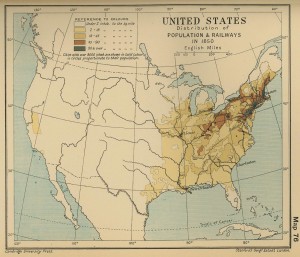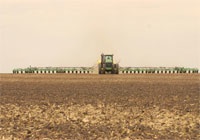What does Marcus Aurelius’ Meditations have to do with hypoxia zones in the Gulf of Mexico? As pointed out, if one out-sized work by a grand personage were seen as rather ordinary prescriptions for decent conduct and otherwise commonsensical, might other directives of a seemingly radical nature take their place among the more banal measures of merely astute management? So it may seem.
The United Nations recently approved the broad application of the first agricultural methodology, or biological approach, for Clean Development Mechanism (CDM) projects to reduce greenhouse gas emissions. The UN’s announcement coincides with the USDA’s analysis report that shows the economic benefits to agriculture from the U.S. cap-and-trade legislation.
The agricultural methodology, which will be used to design projects that eliminate the use of synthetic nitrogen on legumes like soybeans and cowpeas, was developed by Amson Technology LC, a greenhouse-gas-reduction and sustainability consulting firm, Becker Underwood Inc., a leading developer of bio-agronomic and specialty products and Perspectives GmbH, a Point Carbon company, a high-quality greenhouse gas reduction market solutions provider.
…
In the U.S., a sustainable agriculture survey conducted by Rabobank shows that nearly 70 percent of the U.S. farmers and ranchers have taken steps toward implementing sustainable agricultural practices, and dairy farmers are striving to cut 25 percent annual GHG emissions related to the production of fluid milk by 2020.
Whether via legislation, grass-roots activism or market economics, many of the more exotic-seeming solutions to the way we lay waste to the natural environment are nothing of the kind. Problems of excess can be managed with sensible long-term projections about production and the pollution horizons that will result; scaling one down until it bears a manageable relationship to the other (sustainable or better). In other words, what we need divided by what we know. In what other world would these types of reasonable management practices seem radical?
Marcus Aurelious was hailed, even at the time, as a philospher-emporer, as if that was an unusual combination. The mixed message of our age is the mythology of ‘economies of scale’, as if one can transcend the other. We’ve got no business in that business. Industrial agriculture should be seen as the grotesque distortion, not our attempts to correct it.


